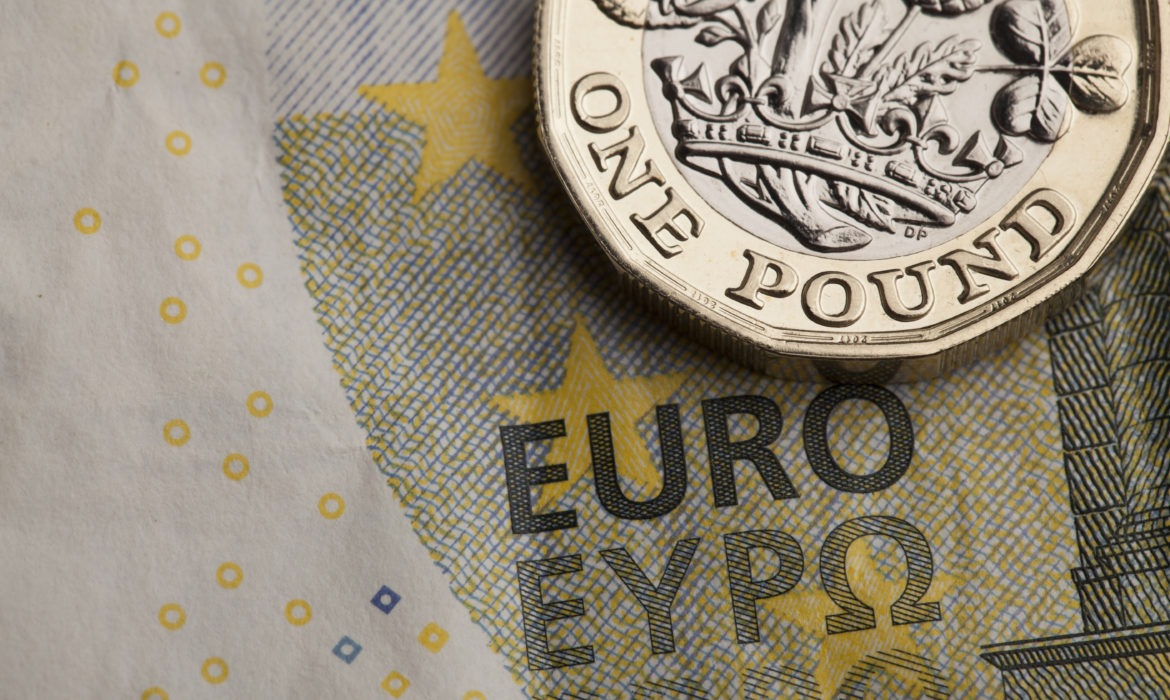Key Points
- EUR/GBP faces bearish momentum, as indicated by trading below key SMAs and a negative RSI.
- British inflation cools in February, with a notable drop in headline and core rates.
- Monetary policy divergence between the BoE and ECB could favour the GBP over the EUR.
The EUR/GBP pair offers a fascinating glimpse into the interplay between economic indicators and monetary policy decisions on currency valuations. Current trading dynamics of EUR/GBP and implications of recent British inflation data are discussed, along with anticipated monetary policy divergence between the Bank of England (B0E) and the European Central Bank (ECB).
Bearish Momentum: Below Key SMAs, RSI in Negative
The EUR/GBP pair trades at 0.8541, closely watched by traders as it hovers below the daily high of 0.8560. A glance at the technical indicators reveals a mixed sentiment: the Relative Strength Index (RSI) resides in negative territory, signalling bearish momentum, while the Moving Average Convergence Divergence (MACD) histogram displays green bars, indicating a weak bullish presence. Crucially, the currency pair’s position below the 20, 100, and 200-hour Simple Moving Averages (SMAs) reinforces a bearish outlook.
UK Inflation Falls to 3.4%: A February Overview
The UK’s inflation data for February paints a complex picture. Headline inflation slowed to 3.4% year-on-year, marking the lowest rate since September 2021 and down from January’s 4.0%. Core inflation, which excludes volatile food and energy prices, also decreased to 4.5% from 5.1%. Despite these cooling measures, services inflation remains high at 6.1% year-on-year.
Market expectations suggest the BoE may maintain its current policy stance in the near term, with speculation of a 25 basis point rate cut in August, followed by additional cuts by year-end. In contrast, the ECB is anticipated to commence an easing cycle starting in June, with potential rate cuts in September and October and possibly further reduction in December.
BoE vs ECB: Divergent Paths Ahead
The diverging paths of the BoE and ECB’s monetary policies could significantly influence the EUR/GBP exchange rate. The BoE’s relatively tighter monetary stance, compared to the ECB’s easing cycle, may offer the GBP an edge over the EUR. Investors and traders closely monitor these developments, as shifts in monetary policy can trigger rapid adjustments in currency valuations.
Investor Watch: Monetary Policies to Drive EUR/GBP
Navigating forex market complexities, notably, the EUR/GBP pair, significantly reflects economic health and monetary policy decisions interplay. The current bearish sentiment, underpinned by technical indicators and economic data coupled with the diverging monetary policies of the BoE and ECB, suggests a cautious outlook for the EUR against the GBP. Investors should, therefore, stay informed about future economic updates and policy announcements, which will likely influence currency trends shortly.
















